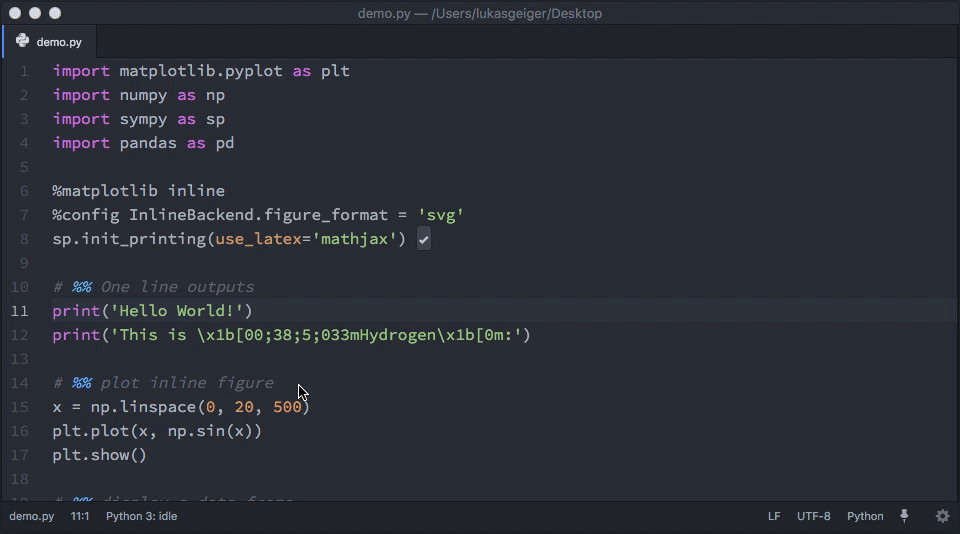What is Interactive Coding?
Interactive programming, also known as live coding, refers to any computer programming language that allows the creator to make changes to the program while it is already running. In traditional programming, the coder first writes out the program and then saves it. He then runs the program on the computer.

Application fields:
Interactive programming techniques are especially useful in cases where no clear specification of the problem that is to be solved can be given in advance. In such situations (which are not unusual in research), the formal language provides the necessary environment for the development of an appropriate question or problem formulation.
Example code:
- Live coding of 3D graphics in ActionScript using COLT;
- An example of some code in the dynamic programming language SuperCollider is available here;
- Another example, written in ChucK is available here;
- Live coding of graphics with fluxus: a screenshot;
- Impromptu;
- An example of livecoding in English with Quoth;
- Hot-swapping in the functional reactive programming language Elm.
